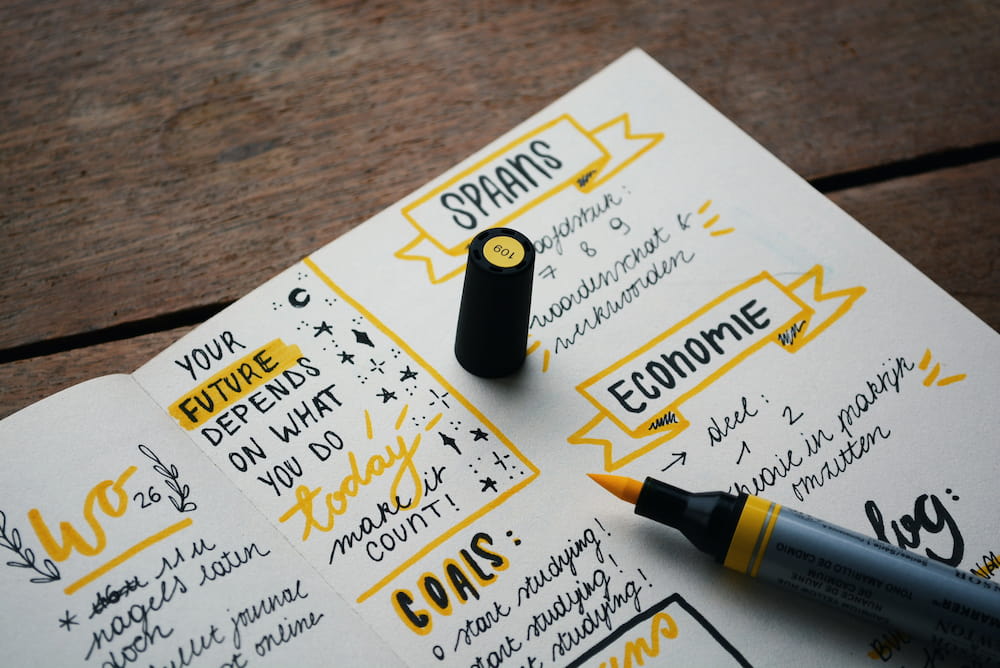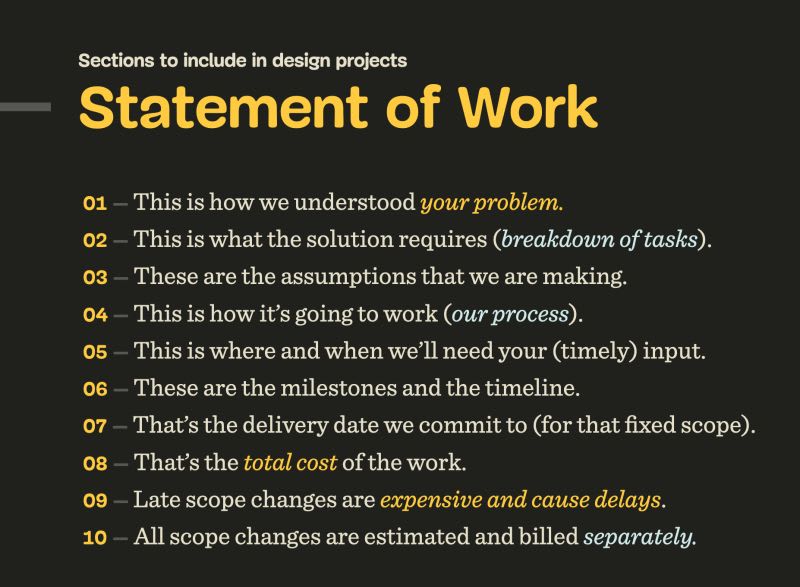Designing Better Meetings
Well-designed meetings can be a valuable and productive part of work. By following some simple guidelines meetings can become less frustrating and more efficient.
Meetings can be utterly exhausting and frustrating, but also valuable and productive. Here are some of the formats and guidelines that seem to be working slightly better, especially in large organizations.
Best Practices For Meetings #
- There should be no surprises in a meeting.
- Meeting invites come with an agenda, pre-read and objectives.
- The agenda must be sent ahead of time (at latest 24h).
- Meetings without an agenda get cancelled automatically.
- Meetings are time-boxed to 14, 27 or 42 mins.
- 3×27 mins sessions often more productive than 1×1.5h meeting.
- Meetings are most productive with 5-8 people max.
- Not everyone has to speak, but everyone has to feel heard.
- Always start on time, and never finish late.
- Record meetings by default for async consumption.
- Alignment sessions work better in the morning.
- Retrospectives work better in the evening.
- Create focus day(s) when no meetings take place.
Meetings Types #
It's a good idea to always define a specific meeting type, with a custom emoji and a color coding for your calendar. I love the meeting format suggested by Rich Watkins:
- Broadcast Meetings 📣 for announcements and townhalls,
- Rhythm Meetings 🥁 for regular status updates,
- Planning Meetings 🏗️ to define timelines and provide estimates,
- Problem-Solving Meetings 🛠 for workshops and solution finding,
- Exploration Meetings 🏕️ for big questions and complex problems,
- Team Building Meetings 💚 for team spirit and collaboration,
- Review Meetings 🏆 for retrospectives, 1:1, performance meetings.
10-Points Meetings Checklist #
Larger meetings need to be structured and formalized. For example, with a 10-point meeting document that's distributed ahead of time:
- Format of the meeting, title, date, time
- Zoom/Teams URL for remote meetings,
- Purpose and desired outcome,
- High-level agenda,
- List of attendees,
- Questions to be discussed or decisions to be made,
- How much time each question would get,
- Off-topic items that were parked during the meeting,
- Action points and ownership/roles for each,
- Link to the video recording + transcript.
Poorly designed meetings are wasteful; but good meetings are a critical part of productive work — from setting priorities and information sharing to brainstorming and collaboration.
Further reading #
- The Flipped Meeting Model by Becky Kane,
- How To Run Effective Meetings by Sarah Goff-Dupont,
- Meeting Checklist by Jasper Polak,
- You can't just cancel 76,500 hours of meetings by Becky Kane.
Happy meetings, everyone!



